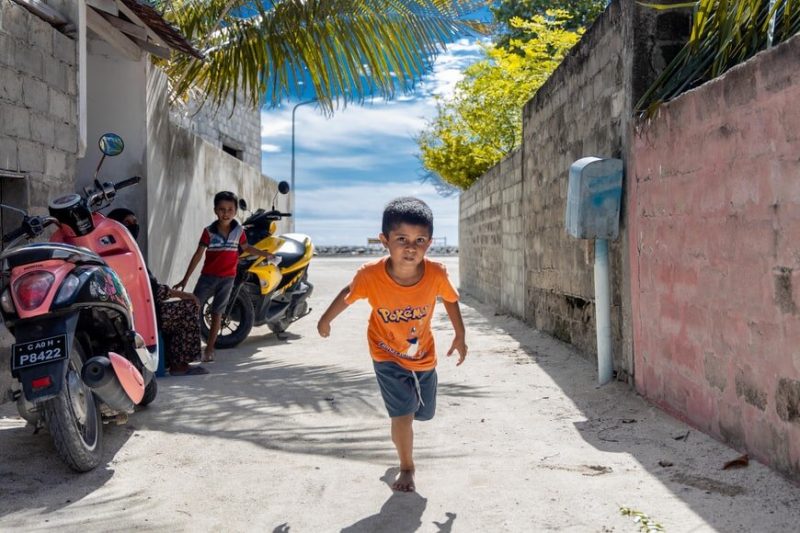The Maldives is a Southeast Asian nation with thriving tourism industry. With 26 atolls made up of nearly 1,200 tiny islands, the Maldives boasts a tropical climate, which appeals to Europeans. Apart from its beaches, resorts, and islands, one thing that makes the country fascinating is its eventful history.
People

The first settlers were believed to be from Sri Lanka and India. Later, people from Arab countries, Indonesia, Madagascar, and Malaya visited the country for trade. The Maldivian ethnic group is the composition of all these nationalities; the national language is Dhivehi, and the state religion is Islam.
Religious history
During the 5th century, the country was inhabited by Buddhist people, and Islam became the nation’s religion in 1153 CE.
Colonial-era
The Portuguese came to the country in 1558, and they remained here until 1573. During the 17th century, the country became a sultanate that was tied to Sri Lanka – Sri Lanka was then under the governance of the Dutch. After the British took over Ceylon, the island became answerable to the British.
Independence
In 1953, the country became a republic; however, it became a sultanate once again. In 1965, the country gained absolute independence from the colonial rulers, and it went on to become a republic in 1968, and the sultanate came to an end as a result.
The Modern-Day Maldives
The Maldives in modern times is a highly sought-after tourist destination, serviced by accommodation providers like OBLU SELECT at Sangeli. The islands and the tropical climate attract people from every corner of the world, filling up the resort islands. Resort culture is synonymous with the modern-day Maldives, and so are water sports. A beach resort in Maldives can fill up with water-sports enthusiasts on any given day.











